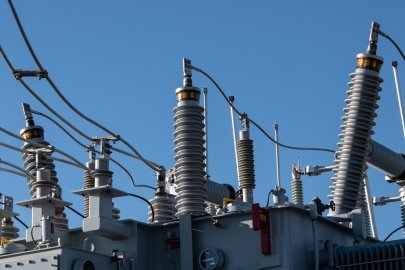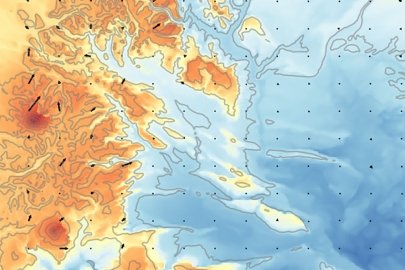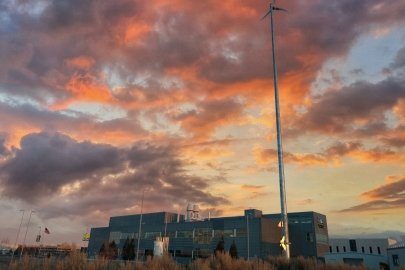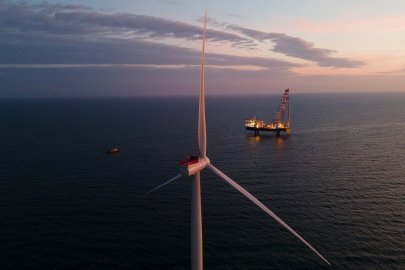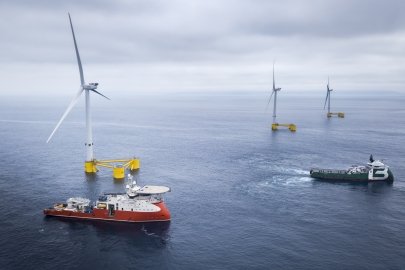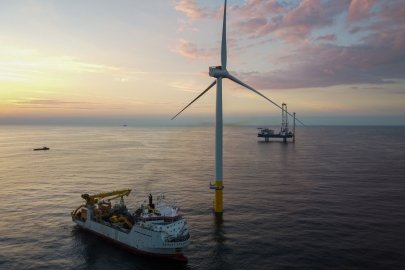SEER, the U.S. Offshore Wind Synthesis of Environmental Effects Research, is designed to shed light on the environmental effects of offshore wind development, identify existing gaps in information, and prioritize future environmental research efforts.
Wind Energy Technologies Office
October 13, 2021Project to provide information about environmental risks, increase coordination among stakeholders
Offshore wind energy promises to be an important part of the nation’s energy market over the next decade.
But uncertainty among regulators, environmental advocacy groups, the fishing industry, and others surrounding environmental effects from technologies that have limited operational history in U.S. waters could slow down the environmental permitting and approval process for offshore wind power plants. Specifically, what are the potential effects to the environment—the whales, fish, birds, bats, and more—from offshore wind plant development?
While these uncertainties exist, much can be learned from wind energy power plants that have been built in other countries and projects already under construction in our nation’s waters.
Growing Awareness Around Environmental Effects
Through the U.S. Offshore Wind Synthesis of Environmental Effects Research, or SEER, project, the Pacific Northwest National Laboratory (PNNL) and NREL are gathering feedback from offshore wind energy stakeholders and sharing that knowledge.
SEER, which is supported by WETO, is designed to shed light on the environmental effects of offshore wind energy development, identify existing gaps in information, and prioritize future environmental research efforts.
“In order to move the U.S. offshore wind industry forward, stakeholders need access to readily available information about the potential impacts of offshore wind development to reduce uncertainty,” said Alicia Mahon, an ocean engineer who is managing PNNL’s work on the project. “One of SEER’s primary goals is to summarize the understanding of environmental effects, the monitoring tools and methods used to assess those effects, and the strategies in place to minimize potential impacts that could be caused by offshore wind development.”
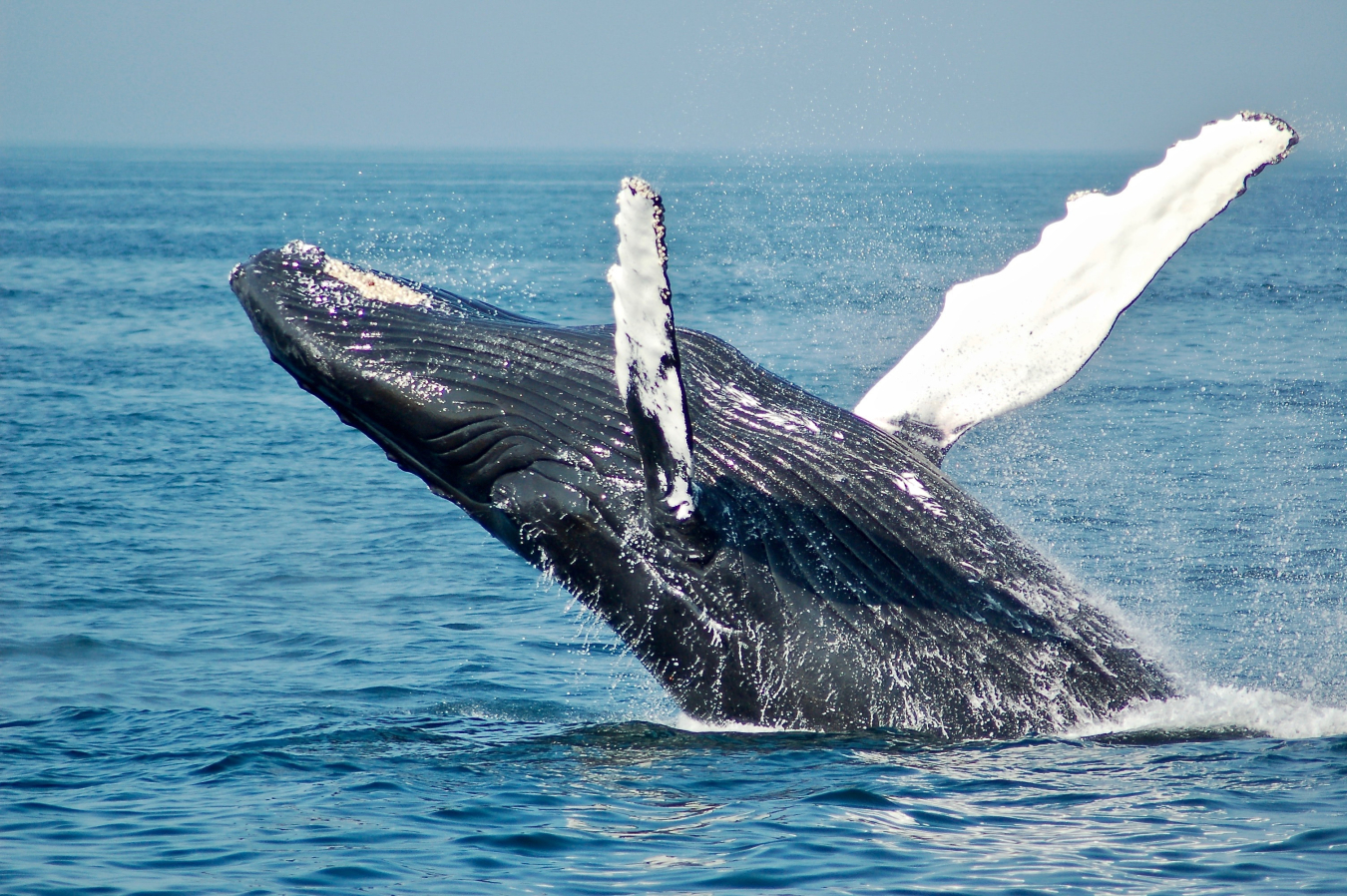
The U.S. Offshore Wind Synthesis of Environmental Effects Research project is working to identify and minimize uncertainties surrounding impacts from offshore wind energy development on the environment, including marine mammals, fish, birds, and bats. Photo by Todd Cravens, Unsplash
The SEER project analyzes existing research from around the world to develop educational material that will be made publicly available as research briefs and a webinar series, along with research recommendations to inform or guide future efforts on the U.S. Atlantic and Pacific coasts.
Engaging Stakeholders, Transferring Knowledge
“This project prioritizes a significant amount of stakeholder outreach and engagement across the public and private sectors,” said Rebecca Green, a senior scientist who is managing NREL’s portion of the project. “Working together with and transferring important knowledge to coastal communities are critical to minimize environmental effects from offshore wind development, increase coordination among stakeholder group activities, and advance monitoring and mitigating solutions.”
The areas being studied under SEER include:
- Underwater noise
- Cable entanglement risk for marine life
- Wind turbine collision risk for birds and bats
- Disturbances to organisms on the seafloor
- Impacts to fish and their habitats
- Collision risks for ships and other vessels
- Displacement of birds and bats
- Electromagnetic field effects.
The SEER team will host a webinar series to share information from the briefs and is planning two regional workshops with offshore wind energy stakeholders on the Atlantic and Pacific coasts. The workshops will help researchers understand regional concerns and knowledge gaps, as well as collaborate on developing recommendations pertinent to each coast and the nation in general.
The Tethys website features educational research briefs about SEER research topics and more information about the webinar series, which will take place in late 2021 and early 2022.
Subscribe to learn more about WETO R&D projects, news, accomplishments, and recent publications.
Subscribe to the WETO e-newsletter to stay informed on the latest wind energy news, events, publications, and updates.


